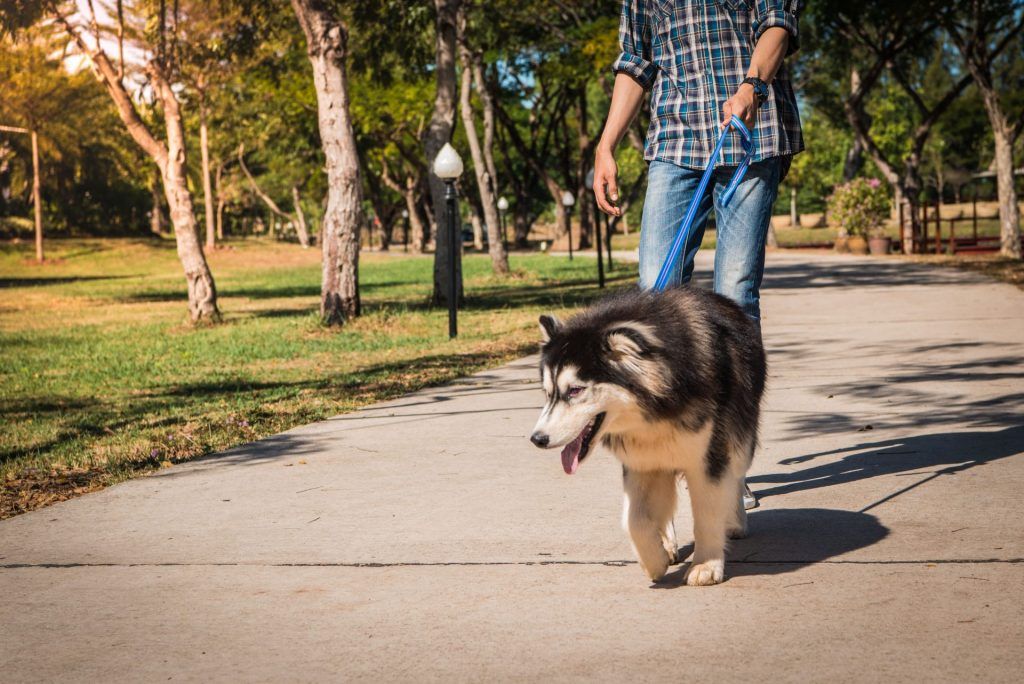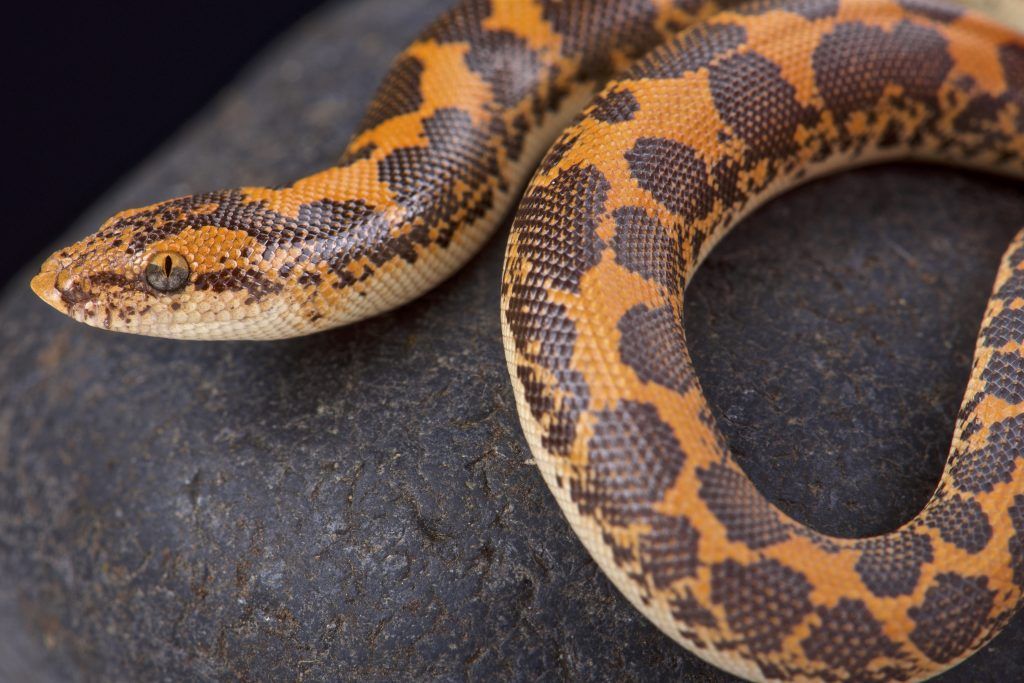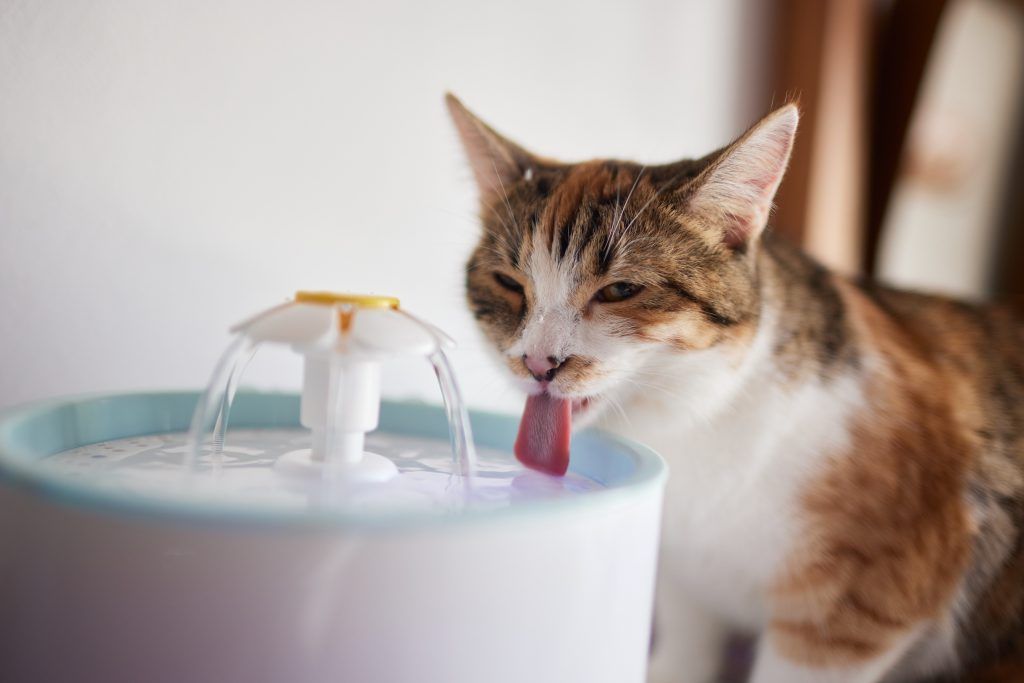Ever wonder if there’s a cat that combines elegance, grace, and charm? Meet the Persian cat! You’ve probably heard the name but may not know much about them. This long-haired breed has a round face and a short muzzle and comes in a variety of coat colors and patterns. The Persian cat originated from Persia (now Iran) and was imported into Europe in the 17th century, where it quickly became a favorite of royalty and aristocracy. Today, the Persian cat is one of the most popular breeds in the U.S. and around the world.
In this article, we will provide you with information on the characteristics, care, and history of the Persian cat. Whether you already own a Persian cat or are thinking of getting one, you will find this article helpful and informative.
Breed Overview
| Weight | About 7 to 12 pounds |
|---|---|
| Length | About 14 to 17 inches |
| Coat Length | Long all over the body and thick, with an immense ruff around the neck, deep frill extending between the front legs and very full brush tail. Glossy, with a fine texture. |
| Coat Colors | Solid (blue, black, white, red, cream, chocolate or lilac), silver and golden (chinchilla and shaded), shaded and smoke (including cameo and tortoiseshell patterns), tabby, particolor, calico and bicolor, and Himalayan (pointed colors). |
| Coat Patterns | Solid, color-pointed, shaded, smoke, tabby, particolor, bicolor. |
| Eye Color | Varies according to coat color, but may be copper, blue, green, blue-green, hazel and odd-eyed. |
| Personality | Sweet, gentle and affectionate. |
| Lifespan | 15 to 20 years. |
| Hypoallergenic | No. |
| Good with Kids | Medium. |
| Good with Pets | Medium. |
| Origin | Persia (Iran) |
History of the Persian Cat
The Persian cat is an ancient breed with a history that spans thousands of years. These cats – or cats with a similar appearance – can be seen on hieroglyphics that date back to approximately 1684 BC. During the 1500s, Europeans were introduced to cats, which probably served as the foundation for modern Persians and Angoras when they accompanied Phoenician and Roman caravans.
Sometime during the 1600s, an Italian composer and adventurer named Pietro Della Valle described Persian cats from the Khorasan region of Persia, noting that most had long, silky, gray coats. His manuscript, known as Voyages de Pietro Della Valle, mentions that the cats made their way to Persia from India with Portuguese travelers. With frequent travel came additional imports: both Persian and Angora cats made their way to France and England. In England, they were called French cats, and they quickly gained popularity for their unique appearance and friendly personalities .
Persian cats were brought to America in the late 19th century and became one of the most popular breeds in the U.S. They were also exhibited in cat shows and bred for different standards of beauty. In the 1950s, some breeders started to favor a more extreme type of cat with a flatter face and smaller nose, while others preferred a more traditional type with a longer nose and a less round face. Today, two types of Persian cats are recognized by different associations: the show or peke-faced type and the traditional or doll-faced type .

Appearance
Persian cats have evolved over time in terms of appearance and personality, but they have always maintained their elegance, grace, and charm. They are one of the oldest and most beloved breeds in the world.
This breed is a medium to large-sized cat with short, muscular legs, a short back, a cobby, a sturdy body, and a deep chest. The Persian cat is immediately recognizable by its very flat face with full cheeks, large round eyes, a short muzzle, a short snub-nose, round cheeks, a firm chin, medium-sized ears, and large, round eyes. Some describe their face as “pansy-like.”
Persian cat characteristics include long, soft fur that covers their entire body. Their coats come in almost all colors and patterns, such as solid (blue, black, white, red, cream, chocolate, or lilac), silver and golden (chinchilla and shaded), shaded, and smoke (including cameo and tortoiseshell patterns), tabby, particolor, calico and bicolor, and Himalayan (pointed colors). Their eye color varies according to their coat color but is often copper, blue, green, blue-green, hazel, and odd-eyed.
Persian Cat Personality
The Persian cat is known and loved for its very sweet, gentle, calm disposition. They are quite friendly but require gentle handling and get along well with kind children, other cats, and gentle dogs. While not very active or athletic cats, they enjoy lounging and playing with their people.
They are not prone to excessive mischief; for example, they aren’t into opening drawers and cupboards like their Oriental cousins are. However, they are intelligent cats, capable of learning your routine, greeting you, and curling up for snuggles as part of a daily routine.
Persian cats are not very vocal cats either. They have a soft voice that they use sparingly to communicate their needs or feelings. They are not demanding or needy cats; they are happy to nap while you’re gone and will cheerfully accompany you through your evening routine. They are loyal and affectionate cats that love their human families.
Pros
- Persian cats are elegant, graceful, and charming cats that come in a variety of coat colors and patterns.
- Persian cats are sweet, gentle, and calm cats that love to cuddle and play with their owners.
- Persian cats are loyal and affectionate cats that make great companions for all ages.
Cons
- Persian cats require daily grooming and regular bathing to keep their long coats healthy and beautiful.
- Persian cats can suffer from some genetic health problems that can affect their quality of life or shorten their lifespan.
- Persian cats are not very active or athletic cats and may not enjoy high-energy activities or outdoor adventures.
Grooming
The Persian cat’s long coat requires regular grooming to prevent mats and tangles. You will need to brush your Persian cat at least once a day with a metal comb and a slicker brush to remove loose hair and dirt. You will also need to trim their nails and clean their ears and eyes as needed. Their flat face can cause tear stains and eye discharge that need to be wiped gently with a damp cloth or cotton ball. Their short nose can also cause breathing difficulties or snoring that need to be monitored by a veterinarian.
Common Health Issues
The Persian cat can also suffer from some common health issues in this breed. These include:
- Polycystic kidney disease (PKD)
- Brachycephalic airway syndrome (BAS)
- Eye problems such as cherry eye or entropion
- Dental problems such as malocclusion or gingivitis
- Skin problems such as dermatitis or ringworm
It is important to consult your veterinarian for regular check-ups and vaccinations to keep your Persian cat healthy.

Diet and Nutrition
The Persian cat also needs a high-protein, low-carbohydrate diet to prevent obesity and support skin and coat health. You should choose a food that contains real meat or fish with added omega fatty acids. You should also provide fresh water and avoid giving your cat any human food or treats that can cause digestive problems or allergies.
Fun Facts about Persian Cats
- Persian cats were a favorite of royalty and aristocracy. Travelers and traders introduced them to Europe in the 17th century, and they quickly became popular among the French nobility. Queen Victoria of England also had two Persian cats named Blue and Lily.
- Persian cats were in the world’s first cat show. In 1871, the first organized cat show was held at London’s Crystal Palace, and a Persian kitten won “Best in Show.” The event drew more than 20,000 visitors and sparked a craze for cat shows and breeding.
- Persian cats are one of the first pedigreed cat breeds. They were one of the first cats registered by the Cat Fanciers’ Association (CFA) in 1906 and remain one of the most popular breeds in the U.S. and around the world. The CFA recognizes 42 cat breeds for showing in the Championship Class and three breeds as Miscellaneous.
- Persian cats have been featured in art and culture. The world’s largest cat painting features Persian cats. It is called “My Wife’s Lovers” and was painted by Carl Kahler in 1891. It depicts 42 cats belonging to a wealthy cat lover named Kate Birdsall Johnson. Persian cats have also appeared in movies, books, cartoons, and commercials, such as Mr. Tinkles in “Cats and Dogs,” Snowbell in “Stuart Little,” Crookshanks in “Harry Potter,” Garfield, and the Fancy Feast Cat.

Where to Buy a Persian Cat
Buying a Persian kitten from a reputable breeder is the best way to ensure that you get a healthy, well-socialized, and pedigreed cat. You can also choose the preferred coat color and pattern and see the kitten’s parents. However, they can be very expensive, as they are one of the world’s most popular and sought-after breeds.
A Persian kitten from a reputable breeder can cost anywhere from $500 to $1,800. The price also differs for cats sold as pets and those with show and breeding potential. Show cats with breeding rights can cost $3,000 and above. You should also be prepared and willing to wait for a long time, as there is usually a waiting list for Persian kittens from reputable breeders.
If you are looking for Persian cats for sale but haven’t found a breeder yet, we recommend starting here:
- Find a Breeder – Cat Fanciers Association
- Persian Breeders – Fanciers Breeder Referral List
Adoption
We don’t often recommend adoption as a good source for most cat breeds. Fortunately, for once, we have a breed here that is common enough to be found at rescues and shelters. “Fortunately” may be a poor word, I wish we didn’t actually need rescues or shelters, but I digress.
Adopting a Persian cat from a shelter or a rescue organization is a fantastic way to give a cat in need a loving, caring home. You may not easily find a purebred Persian cat, as they are uncommon in shelters or rescues, but mixes that look nearly identical are easy to find. You may not know the exact age, health, or history of the cat you are adopting. Always ask for any available medical records and do a thorough health check before adopting a Persian cat. They are good things to have on hand if your vet needs them down the road.
Retired Show or Breeding Cat
Sometimes adopting an adult Persian cat that is a retired show or breeder is another option that you can consider. You can get an older cat that is already spayed or neutered, vaccinated, and socialized. You may not have many choices in terms of coat color and pattern, as they may be limited by the breeder’s availability. You may also have to deal with some health or behavioral issues that the cat may have developed during its show or breeding career. Again, you should always ask for the cat’s medical records and personality traits before buying it.
Persian cats are not rare but are one of the world’s most expensive and high-maintenance breeds. They require regular grooming, veterinary care, and attention from their owners. They are also prone to genetic health problems requiring special care or treatment.
Conclusion
The Persian cat is a long-haired breed with a round face and a short muzzle that originated from Persia (now Iran) and was imported into Europe in the 17th century. It has a wide variety of coat colors and patterns and is known and loved for its very sweet, gentle, calm disposition. It requires gentle handling and regular grooming to keep its coat healthy and beautiful. They are an ancient breed that has evolved in terms of appearance and personality over time. As well as being one of the most popular breeds in the U.S. and around the world.
This breed is very popular among cat lovers because it is simply adorable. Whether you own a Persian cat or are considering getting one, we hope you found this article helpful and informative. If you have any thoughts or questions about Persian cats, feel free to leave them in the comments section below. We would love to hear from you!
More Cat Breeds
If you’re interested in learning about similar cat breeds, check out:
FAQ
How much is a Persian cat?
A Persian cat can cost anywhere from $500 to $5,000, depending on the breeder, the pedigree, the coat quality, and the age of the cat. Show-quality cats with breeding rights are usually much more expensive than pet-quality cats.
Are Persian cats hypoallergenic?
No, Persian cats are not hypoallergenic. They have long, thick coats that shed a lot and can trigger allergies in some people. They also produce dander and saliva that contain allergens. If you are allergic to cats, you should consult your doctor before getting a Persian cat.
How long do Persian cats live?
Persian cats have an average life span of 15 to 20 years. However, like most breeds, they can also suffer from some genetic health problems that can shorten their life span or affect their quality of life.
Do Persian cats shed?
Yes, Persian cats shed a lot. They have long, dense coats that require daily brushing and grooming to prevent mats and tangles. They also need regular baths to keep their fur clean and healthy. You should expect to find a lot of hair on your furniture, clothes, and floors if you own a Persian cat.
Are Persian cats friendly?
Yes, Persian cats are friendly and affectionate. They are gentle, calm, and loyal to their owners. They enjoy cuddling and playing with their people but are not very active or athletic. They are also good with children, other cats, and gentle dogs as long as they are introduced properly and treated kindly.
























